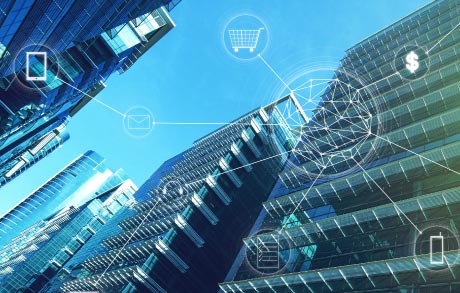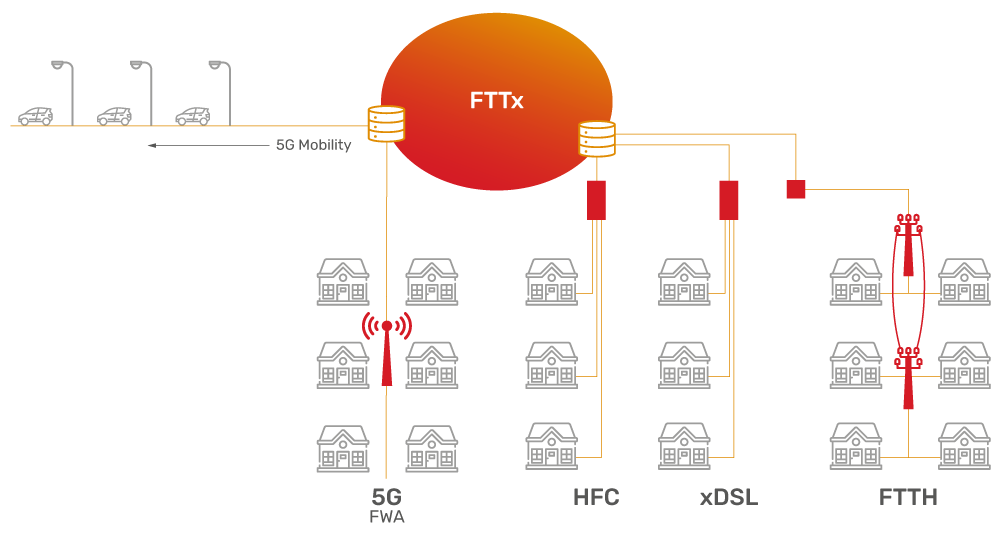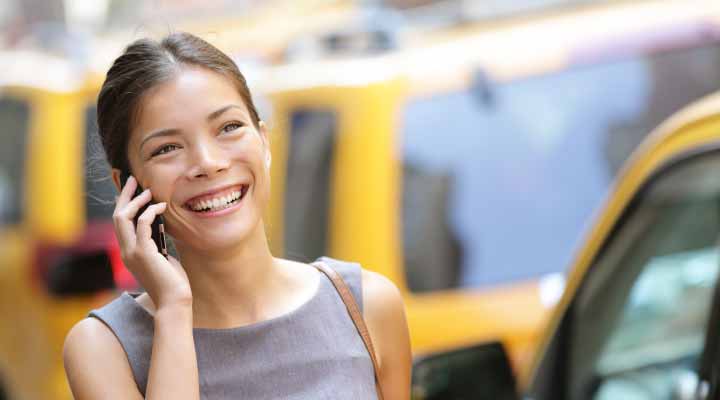5G Core: towards HYPERELASTIC networks
5G Strategy
JSC Ingenium commits solidly to 5G technology for its completely disruptive philosophy and its super abilities to create a new mobile network concept:
New Networks
That are able to work on any 2G/3G/4G, and of course, 5G radio technology
That adapt automatically and smartly to any service environment
That allow the continuous updates of their elements and services for being always up to date
That allow new tailored services
That are configurable autonomously, directly by the client’s personnel, without the need for qualified technical staff

JSC Ingenium Solution
Network Virtualization
Cloud-Native
CUPS Core
Converged Core

Always up to date with Continuous Integration / Continuous Delivery
Although the task of updating Telco nodes has always been an issue, keeping up to date is crucial in the 5G age. Hyperelastic networks will solve this conundrum by collaborating actively in their updates: by providing “Canary Deployments” to verify changes, compensating the load progressively to the new versions, always monitoring whether the running is as expected and, if something fails, executing a rollback of changes proactively. Ongoing yet secure updates. Autonomously configured.
Multitenant networks
3GPP Compliant
Network slicing technology
Complex networks: Computer-assisted monitoring
The auto-adaptive Network
The new paradigm: The auto-adaptive Network and auto-scalable virtualized Network means that the use of resources can be planned optimally, always knowing the expected load on each network function and balancing the available capacity between the different functions. In unforeseen cases, the Network will increase the critical functions’ capacity and decrease the non-critical ones’ capacity to go back to normal as soon as possible.
Why do you need 5G?
Latency
4G: 200 milliseconds
5G: 1 millisecond
Spectrum
4000 devices per km2
5G will support
1 million per km2
Data rate
Speed
5G: 10.000 Mbps
Downloading an average HD movie on 4G takes 50 minutes while on 5G it takes 9 minutes
IoT device performance


Hyperelastic
Networks
Target use cases
Communication service providers


Virtual operators
- focus on new business opportunities addressed to cover temporary, specific needs; or
- have a real test scenario that allows them to check whether a particular model will work or not.
Industries’ Private Networks
- A model of public safety that is deployed in a catastrophe event. They can prioritize the services and communications of the emergency staff over the rest of the population.
- European Industry 4.0 actors are starting to roll out their own private 5G networks. Highly automated factories with hundreds of sensors deployed that need high-speed, reliable, secure communications.
- The public transport system reduces congestion problems by providing real-time contextual information to passengers and drivers, providing a better experience for commuters while lowering infrastructure systems costs.
- Health industry actors address the high demand for data storage and security of patient data and allow for high-definition video streaming for processing and analytics in real-time, resulting in improving patient outcomes.

